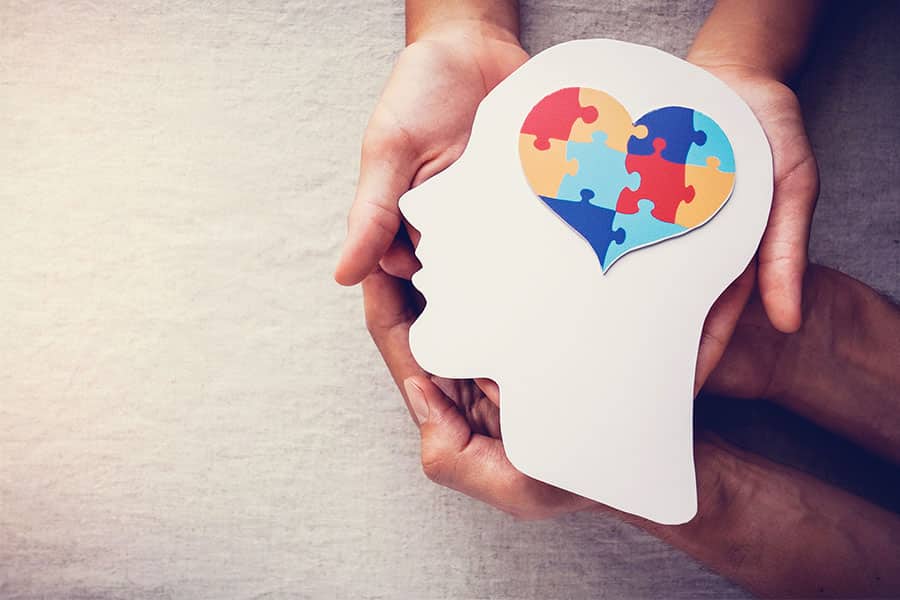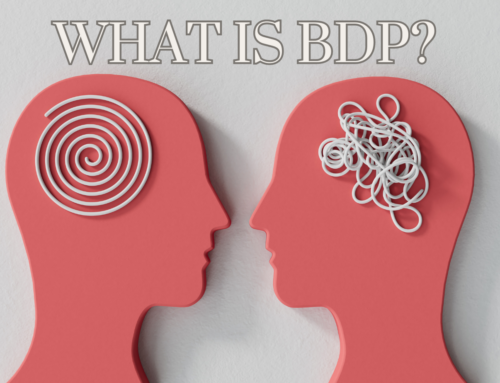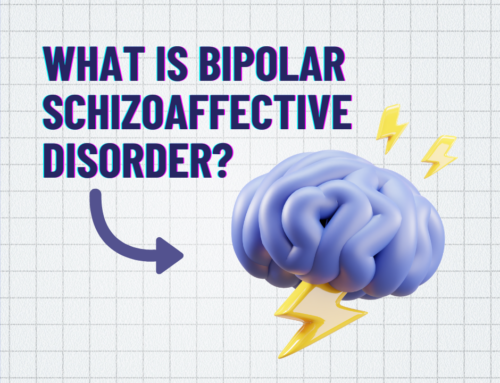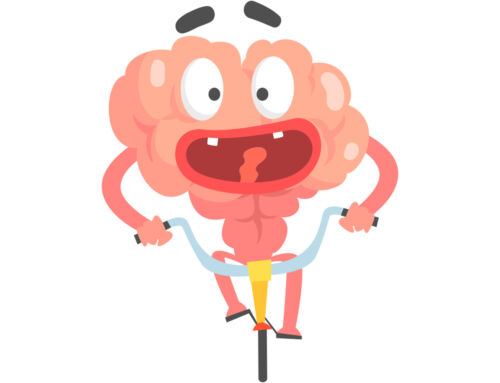Borderline personality disorder (BPD) is a mental disorder that significantly affects one’s emotional regulation and patterns of interpersonal relationships. A prominent feature of BPD is identity disturbance, where individuals often grapple with their sense of self. These disturbances are not just momentary; they often lead to a persistently unstable self-image. While many might find it challenging to grasp, imagine waking up daily and feeling uncertain about who you are and how you fit into the world. This constant turmoil often leaves individuals feeling isolated and misunderstood. It’s like being on an unstable boat, with each wave representing a shift in personal identity. Understanding these shifts is crucial for an accurate borderline personality disorder diagnosis.
A brighter, informed future is just a call away.
Unraveling the complexities of personality disorder starts with a simple step: reaching out.
Dial 866-457-3843 to speak with our experts at Alta Loma. Let us guide you toward a clearer understanding and a path to recovery.

How Personal Identity Evolves and Gets Distorted in BPD
Our personal identity is a culmination of our experiences, beliefs, life stories, and the roles we assume in various phases of our lives. However, this sense of self is in flux for borderline personality disorder patients, leading to frequent identity crises. It’s similar to constantly changing roles on a stage without a script, leading to profound internal conflict. They may feel like a different person in various settings or time frames, making it hard to maintain stable interpersonal relationships and an overarching sense of self.
A Deep Dive into Identity Disturbance in BPD
The term identity disturbance in borderline patients often points to a complex web of feelings, ranging from chronic emptiness to an unstable sense of identity. This is more than just a phase; it’s a profound struggle where one’s narrative identity and understanding are persistently at odds. This inner chaos can be exhausting, with moments of clarity overshadowed by periods of intense doubt. These disturbances might manifest as feeling detached from one’s identity or even the sensation of existing solely in the moment without a past or future self.

The Distinct Challenges Faced by Men with BPD
Often conditioned by societal expectations, men might find it even more challenging to voice their identity problems or seek help. Their emotional instability, a symptom often associated with borderline personality, gets overshadowed by societal stereotypes, leading to a delay in borderline personality disorder diagnosis. Alta Loma, focusing on men’s mental health, emphasizes recognizing their unique challenges in their borderline personality disorder identity crisis.
Why Alta Loma’s Approach Stands Out
Alta Loma addresses borderline personality disorder criteria holistically. They believe in diving deep into the life stories of their patients, ensuring a thorough understanding of their narrative selves. By fostering an environment that values personal past, present, and future self, Alta Loma assists men in regaining a stable sense of identity amidst the tumultuous waters of BPD.
Treatment Modalities for Identity Disturbances in BPD
With evolving personality psychology and an understanding of personality pathology, treating identity disturbances has become more refined. Tailored therapy sessions focusing on narrative coherence and recognizing contradictory beliefs help individuals anchor their diachronic identity. With its specialized approach, Alta Loma bridges the gap between the minimal self and the narrative understanding, fostering emotional commitment to healing.
Differentiating BPD from Other Personality Disorders
It’s crucial to distinguish borderline identity disturbance from other personality disorders and symptoms, like dissociative identity disorder. While overlaps exist, someone with BPD’s core values and experiences differs significantly from other disorders. This distinction aids in providing effective treatment strategies and ensuring individuals receive care tailored to their personality disorder symptoms.
Emotional Instability and Its Role in Identity Disturbance
Emotional instability is a hallmark of borderline personality disorder. This affective instability often exacerbates the feelings of an identity crisis among BPD patients. They find themselves on an emotional roller-coaster, where their sense of self changes with fluctuating emotions. This volatility can lead to stress-related paranoid ideation, further distorting their narrative identity. By addressing these emotional fluctuations, therapeutic interventions can provide stability and a clearer sense of self-identity.
The Intricate Web of Interpersonal Relationships and BPD
Interpersonal relationships play a critical role in shaping one’s self-identity. However, the fluctuating identity in BPD individuals can often lead them to perceive these relationships through a distorted lens, misinterpreting intentions and emotions. However, for those with BPD, these relationships often pose challenges. The unstable interpersonal relationships they experience can stem from their internal identity problems, leading to a cycle of strained relationships further complicating their sense of self.
For men with BPD in Texas looking for help…
Dial 866-457-3843 to speak with our experts at Alta Loma. Let us guide you toward a clearer understanding and a path to recovery.

The Road to Recovery and Regaining Self-Identity
Recovery from BPD is a journey, often marked by ups and downs. The path to understanding and overcoming identity issues is challenging but achievable. With specialized care like that offered at Alta Loma, individuals can find a stable sense of self, even amidst the complexities of BPD. A comprehensive approach ensures holistic healing by addressing borderline personality symptoms and the underlying identity disturbances, allowing patients to author their life stories confidently and clearly.



